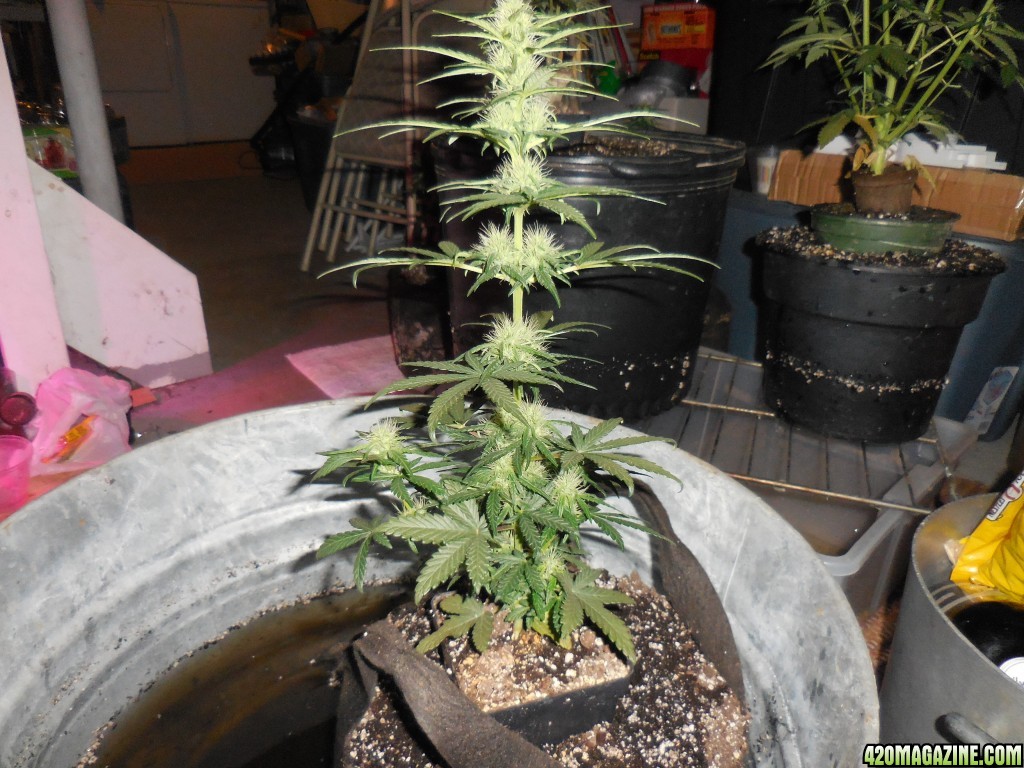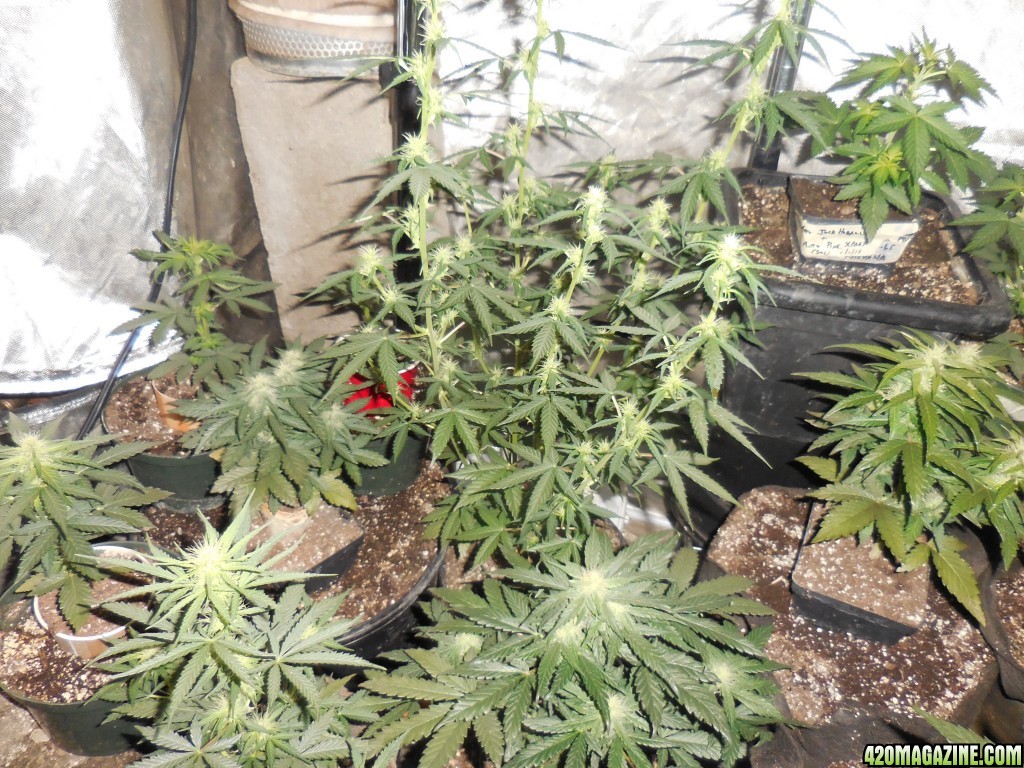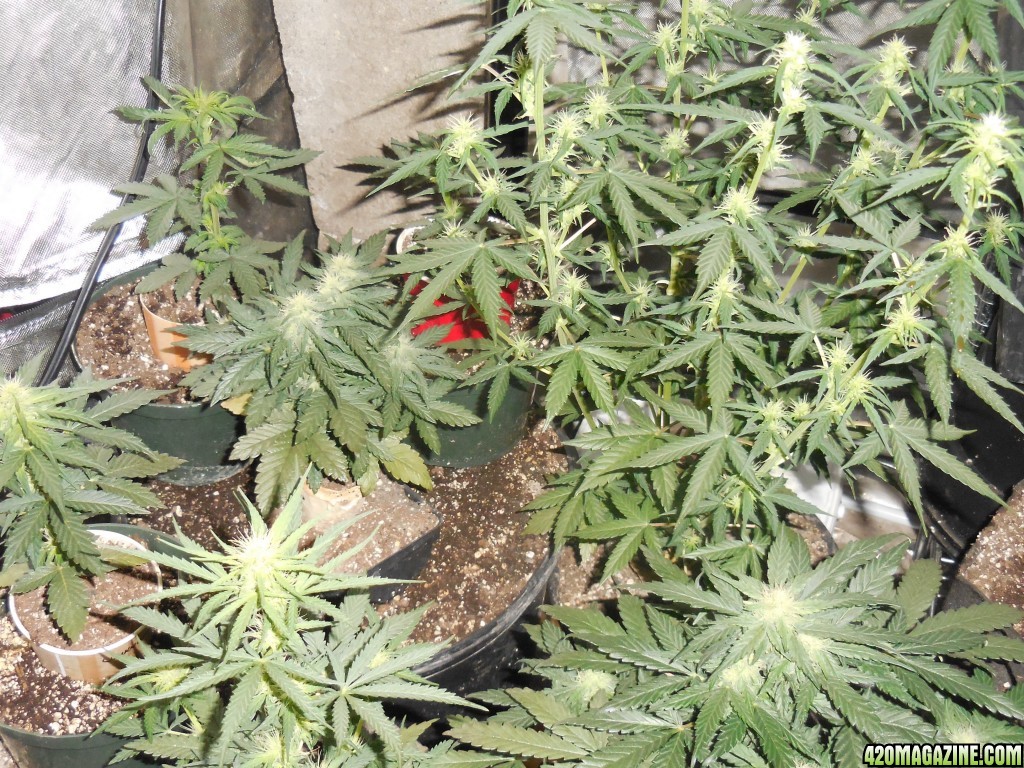I have one small experience with no-till. I up-potted my Grapefruit2 into the old SLH pot - cut out a hole and popped it directly into the old undisturbed soil. I didn't see any positive difference in that one case - nothing remarkably different. DrZiggy is stacking his, but are you doing it to any no-till pots Zigs?
More good stuff ... :
"Most terrestrial plants form symbiotic associations between their roots and mycorrhizal fungi, of which AM fungi are the most common
(1). AM fungi obtain all their C (Carbon) from their host plant and supply the host with various benefits,
such as improvements in nutrient acquisition from the soil
(2). AM fungi can account for up to 20% of plant photosynthate
(3) and therefore represent a substantial pathway for C flow to the soil and a key link in the terrestrial C cycle
(4). However, the proportion of C entering the soil via AM fungi that is simply respired back
to the atmosphere is not known. Despite the importance of mycorrhizae in community functioning
(5,6), the biology of AM fungi, especially their external (extraradical) phase in soil, remains obscure. The rate at which the ERM turns over has never been measured, despite its central importance to understanding the role of
mycorrhizal fungi in the soil C cycle. It has been hypothesized that AM fungal hyphae turn over in days rather than weeks
(7), because observations have shown that over half of a population of fungal hyphae in soil, some of which may have been mycorrhizal, survived for less than one week.
This research shows that a large proportion of extraradical mycorrhizal hyphae, with the possible exception of runner hyphae, turn over in 5 to 6 days. This finding was made feasible by an application of AMS that allowed the microanalysis of hyphal samples containing as little as 10g of C, with only a small maximal depletion in
14C content as compared to current ambient. AMS has been used previously, where sample size was not a
constraint, to measure 14C natural abundance in fungal sporocarps to determine the mycorrhizal status of fungi and in fine roots to determine the age of fine-root. We suggest that the level of analytical precision
achievable by AMS will prove extremely useful in answering many other ecological questions, especially where limited sample weight is a constraint. This, along with other stable isotope approaches such as stable-
isotope probing, provides exciting opportunities in functional ecological research."
GT, my grow is stacked on untilled soil. 1/2 " of the the base of the smaller pot gets upcanned on the moistened top of the bigger pot, sprinkled with Roots! Maybe a 1/2" deep depression occurs on the large pot? I surround the edges of the connection with used HB soil.
Im on my second run of using the pots' root balls, So im tiered with a total of 3 tiers on some plants; its working ok







 GT!
GT!




